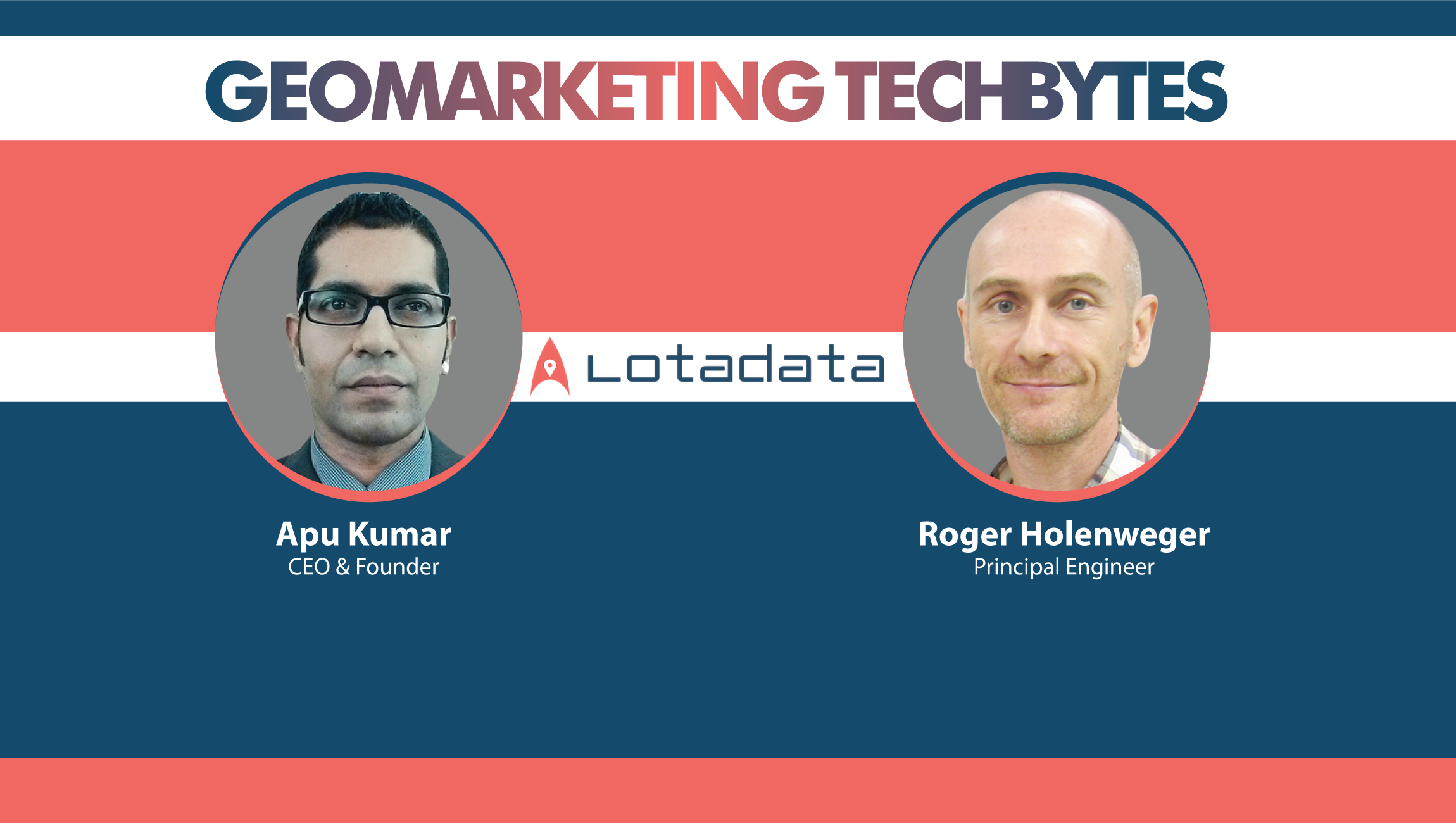Just as brands and publishers are getting used to the mobile era, we are beginning the post-mobile era. Some 10 million homes now have Amazon Echo, and Google, Apple, and Microsoft are all trying to become operating systems for the home. Meanwhile, General Electric, Samsung, and BMW are creating Internet of Things (IoT) devices for industry. Gartner forecasts that by 2020, there will be about 12.8 billion consumer-focused connected products in existence.
For publishers and marketers, this means that there will be an explosion of touch points. The content that they create will be destined for mobile and tablet devices, smart watches, fitness trackers, kitchen appliances, car dashboards, airport kiosks and all kinds of emerging IoT channels.
The problem is that today’s content management systems (CMS) such as WordPress were set up only to create and support simple blogs and websites–not a complex IoT network made up of billions of nodes. They are completely ill-equipped to handle the increasingly complex requirements to publish and syndicate IoT based content.
Going headless unshackles companies from the constraints of the traditional CMS and presents a more elegant solution. Here’s why more and more marketers and publishers are switching.
The Internet of Things Will Be a New Destination for Content
A decade ago, no one thought that people would be reading the news or magazines on their phone. Now no one thinks that people will be reading content on their refrigerator. It may take a few years, but soon devices in the home, car, and public places like retail establishments will be content distribution machines. Publishers and marketers will need a CMS that is “headless” in that it is not limited to managing a single website, but is instead built around a content API that allows it to publish anywhere.
Web-Based Content is Only Designed for the Web
It’s possible that you will run your content exclusively on the web for the next few years. But in a few years, you might want to be able to port all of it — including your legacy content — to apps as well. You can’t do that with a CMS that is designed for web-based content because it is not pure content: it’s loaded with HTML tags. Instead of having to make the change a few years from now, you can make it now and be ready for the change.
You Can Experiment More With Apps
Typically, editorial organizations with a lot of legacy content in a CMS like WordPress will port the content into a web view within the app. That means even though the app is ostensibly a totally different experience than the website, what you’re looking at in the app is basically a web page.
With a headless CMS, you can innovate more within the app. For instance, a New York-based fitness studio uses a headless CMS to manage its content in a platform-agnostic way. That means that everything ranging from its studio kiosks and native iOS app to its POS system are distributed via one CMS.
Data, Data, Data
A CMS usually keeps its content sequestered from a company’s other data. But to a headless CMS, data is data, so you can pool that data and content in one place—simplifying and combining your platforms.
That’s because, with a traditional CMS, everything is built around the website and content is stored as HTML. With a headless CMS, everything is built around data that’s created as pure, platform-agnostic content that can be used anywhere, ranging from syndicated articles to CRM or payroll.
An Open-Source Headless CMS Can Be Used as Internal Productivity Tools
Companies that are spending hundreds of dollars a month on services like Basecamp can approximate the same thing by using an open-source headless CMS for project management. Some hotels for instance, use a headless CMS as a property management system to avoid proprietary licensing costs for software and to keep all the data in one place.
For these reasons and more, a headless CMS will increasingly become an obvious solution to content-driven companies focused on engaging consumers whenever and wherever they are. For a business that’s been around for longer, adopting a headless CMS may be a harder transition, but still a necessary one. The sooner one makes the change, the better. Unless you think that the IoT and mobile are fads, there’s no denying that going headless is the future.












Comments are closed.